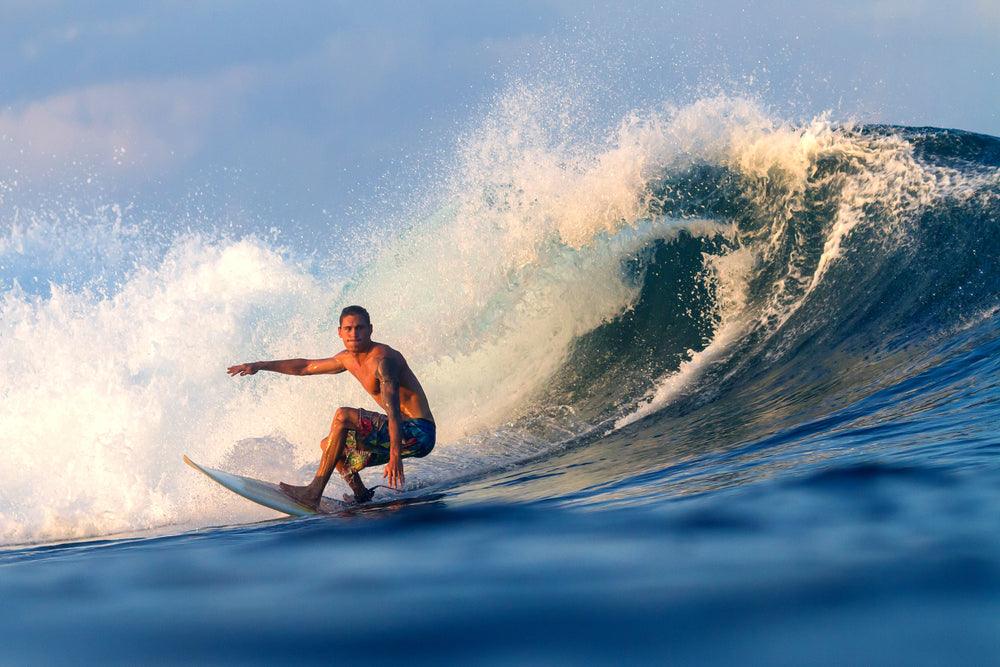
What is a surfboard concave? You may well be familiar with the term ‘concave’ but may not know how it applies to your longboard. By simply looking at your surfboard or any surfboard at your local surf shop, you may notice some contours carved into the bottom of the longboard.
These contours typically run from the front (nose) of the board down to the back (tail) end of the board. These contours are commonly referred to as concaves. Concaves can vary in shape, size, length and design. Let’s take a quick look at how concaves affect the behaviour of longboards.
Purpose Of Concaves On Surfboards
Before we take a look at their impact on your surfing experience, it’s important to first understand why concaves are put on surfboards in the first place. The main purpose of concaves on longboards is to control and direct the flow of water beneath the board.
Concaves also allow air to get under your longboard when you are riding a wave. Concaves can improve the speed and sensitivity of your board. Finding a longboard with a perfect concave can dramatically improve your surfing experience.

Concave Designs
Concaves come in a wide variety of designs ranging from one simple line to complex contours and channels in various shapes. On a typical longboard, concaves can begin at about 12 inches from the front of the board and run full length to the bottom of the board.
Concaves can significantly affect the response and overall feel of your longboard. There are different concave designs to choose from based on your personal preferences and desired results. Please keep reading below to learn more:
- Flat Bottom
The bottom of a flat bottom surfboard has no contours. Surfboard manufacturers that want to save on money and time usually prefer to make this type of surfboard.
This means that flat bottom boards have no concaves and are usually on the cheaper end of the price spectrum. Also, as expected, flat bottoms don’t offer any noteworthy performance features.
- Single Concave (Single To Double)
As the name suggests, this design is characterised by a single concave running from the nose of the board through the middle and all the way to the tail. The single concave design is best suited for big waves. It’s less effective for general day-to-day surfing.
The single concave design allows you to make tighter turns on waves and is great for lightweight surfers.
- Double Concave
Possibly the most popular concave design, the double concave or single-to-double concave design features a single contour that begins at the front end of the board and at some point around the middle, the contour breaks up into two.
The double concave design is suitable for surfers who are packing some extra weight. You can make freer manoeuvres and loose turns on a double concave. The single contour at the front offers enhanced speed.

- V Concave
The V concave design is specially suited for longboards because it helps loosen up the back end of the board making your surfboard easier to control. They are also great for retro fish surfboards. The added width of the tail offers you more speed on smaller waves.
A V concave allows you to turn your longboard from rail to rail. To put it simply, you can turn easily on small waves while still maintaining high-speeds.
Surfboards that feature any of the above concave designs provide a much smoother and more sophisticated surfing experience. The V Concave design is by far the best concave design for Longboards. You can experiment with different concave designs to find the perfect one for you.
At Beachin Surf, you can find a large range of surfboards for beginners right through to the pros. Please feel free to come and visit our shop at 262 Maine Road, Toukley, NSW. We are happy to show you around and assist you in finding the best surfboard for your skill level.
Please call us today on (02) 4396 5159 or send us an inquiry.
